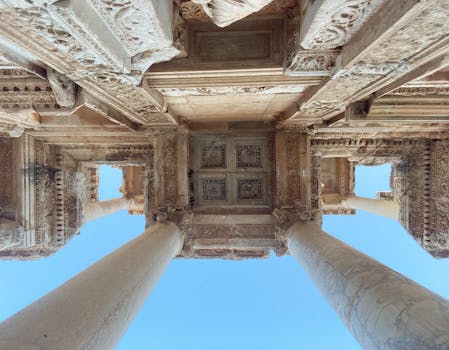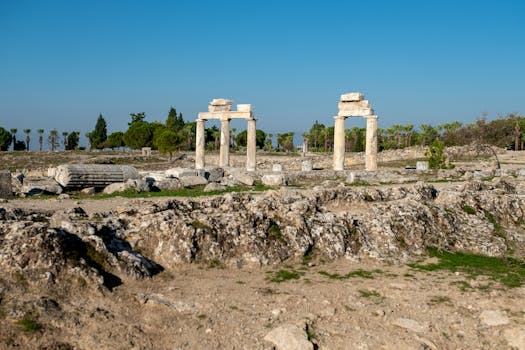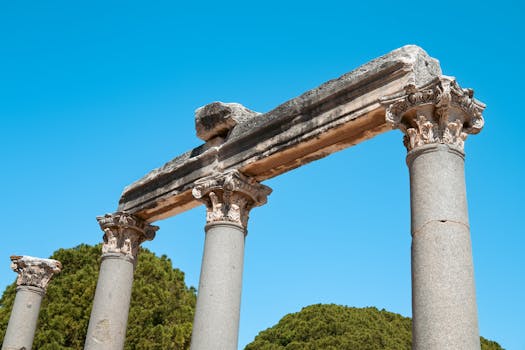
Unearthing the Past: Exploring Historical Artifacts from Ancient Civilizations
Takeaways: Historical artifacts serve as vital links to our past, revealing insights into the lives, cultures, and beliefs of ancient civilizations. From pottery and tools to monumental architecture, these objects tell stories that shape our understanding of human history.
In this article, we will explore significant historical artifacts from various ancient civilizations, their meanings, and what they teach us about our ancestors. Join us on this journey through time as we uncover the treasures left behind by the Egyptians, Greeks, Romans, and others, and consider the ongoing importance of preserving these invaluable pieces of history.
The Significance of Historical Artifacts

For instance, tools made from stone, metal, or bone reveal the technological prowess of ancient societies, while pottery and artwork depict the cultural and artistic values of these communities. As we study these artifacts, we gain a deeper appreciation for the complexities of human history.
Artifacts from Ancient Egypt
One of the most well-known ancient civilizations is Egypt, renowned for its monumental architecture, such as the Pyramids of Giza and the Sphinx. However, it’s the smaller artifacts, like scarabs, amulets, and pottery, that provide a glimpse into the daily lives of ancient Egyptians.
The scarab beetle, for instance, was a powerful symbol of rebirth and regeneration. Scarabs were often used as amulets and inscribed with prayers for protection in the afterlife. Similarly, pottery from this period often featured intricate designs and served both practical and ceremonial purposes, demonstrating the Egyptians’ artistic skills and their beliefs surrounding everyday objects.
Artifacts from Mesopotamia
Mesopotamia, often referred to as the cradle of civilization, produced a wealth of historical artifacts that illustrate its advanced society. Cuneiform tablets, for example, represent one of the earliest forms of writing, providing insights into administrative practices, literature, and laws.
Additionally, artifacts such as the Ishtar Gate, adorned with vibrant glazed bricks and reliefs, showcase the architectural and artistic achievements of the Babylonians. Through these artifacts, we can trace the development of urban centers and the complexities of social hierarchies in ancient Mesopotamia.
Artifacts from Ancient Greece
Ancient Greece is celebrated for its contributions to philosophy, governance, and the arts. Artifacts such as pottery, sculptures, and coins not only reflect the aesthetic values of the time but also offer insights into the cultural narratives of Greek mythology and daily life.
For example, amphorae were used to store and transport goods, often featuring painted scenes that depicted mythological tales or everyday activities. The Parthenon, a temple dedicated to the goddess Athena, remains a testament to the architectural innovation and religious devotion of the Greeks.
Artifacts from the Roman Empire
The Roman Empire, known for its vast territorial conquests and advancements in engineering, has left behind a plethora of artifacts that illustrate its grandeur. From coins that bear the likenesses of emperors to monumental structures like aqueducts and forums, these artifacts tell stories of power, trade, and daily life.
Roman mosaics, for example, display intricate designs and scenes from mythology, showcasing the artistic skill of the time and the importance of aesthetics in Roman culture. Each artifact serves as a piece of the puzzle that helps us understand the complexities of Roman society.
Preserving Our Historical Heritage

Efforts to preserve historical artifacts include proper storage, restoration projects, and public education initiatives. Museums play a crucial role in this process, offering exhibitions that highlight the importance of artifacts and the stories they tell. By supporting these institutions, we can help safeguard our cultural heritage.
Conclusion








